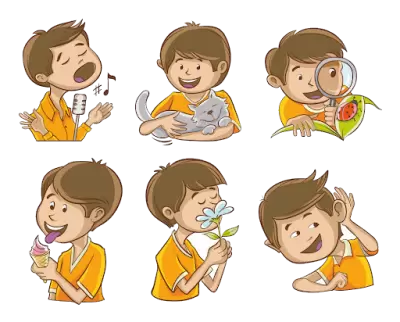RETURNING RESPONSIBILITY TO THE CHILD
More often than not, as parents, we are continuously running around after our children doing things for them they are quite capable of doing themselves, thereby denying them the opportunity of developing independence, building confidence or surety in decision making. This can be facilitated by the use of simple little statements such as:
“You can decide…”
“You can do it if you want to…”
“what you do first is for you to decide…”
“You can choose…”
(Or my father’s favourite…) “How is it spelt in the dictionary…”
And a real good one….Show me what happens when you try

SHOW ME WHAT HAPPENS WHEN YOU TRY
Sometimes children ask for help when they don’t need it.
Sometimes it is because they want to make an emotional connection by pushing your “rescue button”.
They may also feel incompetent, lack self confidence, or be afraid of making a mistake.
Regardless of the reason, when you do something for children that they can do for themselves you reinforce those feelings or unhealthy ways of connecting.
How can you help your child when neither of you knows what he or she is capable of?
One of the best ways I know of is you saying “Show me what happens when you try”.
This statement communicates to your child that you are there for him and want to understand what he needs help with, without doing it for him. Then notice what behaviours you see.
If your child is clearly in a situation in which he needs help start with the same steps after “”Show me what happens when you try”
Pay close attention to something your child is doing that is on the right track and then highlight it by saying
Ï see you’ve got……..(action) and you’re (action).
Then add “You keep (action) and I’ll (action)…
Then when success say “You did it”
So it becomes a simple series of steps
- Say “Show me what happens when you try”
- Use noticing to point out your child’s problem solving process –thoughts and actions
- During your child’s attempt, share the work “While you’re doing that, I’ll do this”
- When the task is accomplished, point out success “You did it!”
